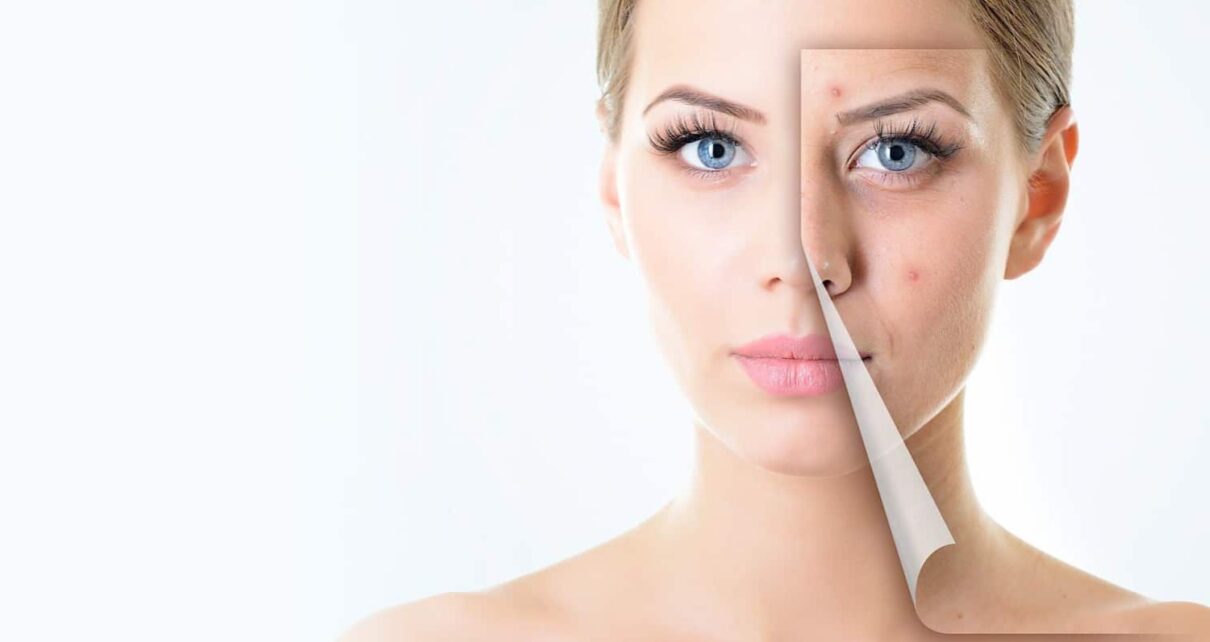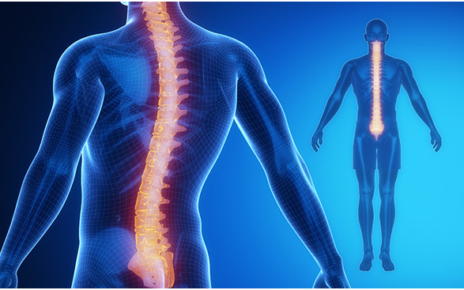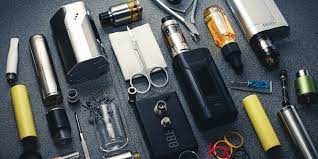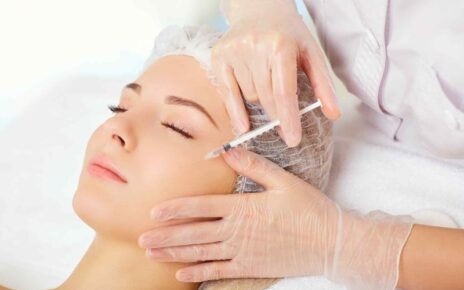Acne scars can be a persistent reminder of past breakouts, often leaving the skin with an uneven texture and tone. While many treatments promise to fade these scars, not all deliver the desired results. For those seeking effective acne scar treatment, it’s essential to explore advanced options that specifically target and reduce the appearance of scars, providing a smoother, clearer, and flawless complexion. This comprehensive guide delves into the leading non-surgical treatments available today, breaking down their mechanisms, benefits, and considerations. Visit the detailed guide on treatment costs for acne scars to explore comprehensive pricing information and what to expect from various procedures.
Understanding the Causes of Acne Scars
Inflammatory Acne
Acne scars primarily result from inflammatory acne, where the pores become clogged with oil, dead skin cells, and bacteria. The body’s natural response to this inflammation is to send white blood cells to the affected area, leading to swelling and redness. As the inflammation subsides, the skin may struggle to repair itself, resulting in scars that manifest as depressions or raised areas on the skin’s surface.
Cystic Acne
Cystic acne is another major culprit in the formation of acne scars. These large, painful cysts form deep within the skin, often causing significant damage to the surrounding tissue. When the cyst finally heals, it leaves behind a scar that is typically more severe than those caused by less intense forms of acne.
Picking and Squeezing
Many individuals inadvertently worsen their acne scars by picking or squeezing pimples. This manual intervention can cause further damage to the skin, leading to more pronounced scarring. The act of picking disrupts the natural healing process, causing an increase in inflammation and a higher likelihood of developing scars.
Effective Acne Scar Treatments
Pico Laser Therapy
Pico Laser Therapy is one of the most advanced treatments for acne scars, offering significant improvements in skin texture and tone. This treatment uses ultra-short pulses of laser energy to break down scar tissue and stimulate collagen production. The result is a gradual fading of acne scars, with noticeable improvements after just a few sessions. The beauty of Pico Laser Therapy lies in its precision; it targets only the affected areas, leaving the surrounding skin untouched, which ensures a more even skin tone post-treatment.
Fractional CO2 Laser
The Fractional CO2 Laser is another powerful tool in the fight against acne scars. This laser treatment works by creating microscopic wounds in the skin, which triggers the body’s natural healing response. As the skin repairs itself, new collagen is produced, filling in depressions and smoothing out raised scars. Fractional CO2 Laser is particularly effective for deeper, more stubborn scars and offers long-lasting results. However, it’s crucial to undergo this treatment under the guidance of a skilled professional to avoid potential side effects like hyperpigmentation.
Chemical Peels
Chemical peels are a popular non-invasive treatment for acne scars, especially for those with surface-level scarring. The process involves applying a chemical solution to the skin, which exfoliates the top layer and reveals fresh, new skin beneath. This exfoliation helps to reduce the appearance of scars by promoting the growth of new, healthy skin cells. Glycolic acid, salicylic acid, and trichloroacetic acid are commonly used in chemical peels for acne scars. The type and strength of the peel will vary depending on the severity of the scars, so a consultation with a dermatologist is essential to determine the best approach.
Microneedling
Microneedling is a minimally invasive procedure that has gained popularity for its effectiveness in treating acne scars. During the treatment, tiny needles are used to create controlled micro-injuries in the skin. These injuries trigger the body’s natural healing process, leading to the production of new collagen and elastin. Over time, this results in smoother skin and a reduction in the appearance of scars. Microneedling is particularly beneficial for individuals with atrophic scars, such as icepick or boxcar scars, and can be combined with other treatments like Platelet-Rich Plasma (PRP) therapy for enhanced results.
Radiofrequency (RF) Therapy
Radiofrequency (RF) Therapy is another advanced treatment option for acne scars, particularly those that are deeper or more textured. RF therapy works by delivering heat energy to the dermis, stimulating collagen production without damaging the skin’s surface. This non-invasive treatment gradually improves skin texture and reduces scar visibility. RF therapy is often combined with microneedling for more effective results, as the two treatments complement each other by targeting different layers of the skin.
Topical Retinoids
Topical retinoids are a cornerstone in the treatment of acne scars, particularly for those looking for a non-invasive option. Retinoids work by increasing cell turnover and promoting the production of collagen, which helps to fade scars over time. Regular use of retinoid creams can lead to significant improvements in skin texture and tone, though patience is required as results may take several months to become apparent. Retinoids are especially effective for treating hyperpigmentation and surface-level scars.
Combining Treatments for Optimal Results
One of the most effective strategies for treating acne scars is to combine multiple treatments. For example, pairing Pico Laser Therapy with Microneedling can target both surface-level and deeper scars simultaneously, providing more comprehensive results. Similarly, combining Fractional CO2 Laser with Chemical Peels can enhance skin texture while reducing pigmentation issues associated with scarring.
What to Remember When Choosing Acne Scar Treatments
Skin Type Matters
Different skin types react differently to acne scar treatments, making it essential to choose a treatment that is tailored to your specific skin type. For instance, individuals with darker skin tones may need to be cautious with laser treatments like Fractional CO2, as they have a higher risk of developing hyperpigmentation. Consulting with a dermatologist who understands your skin type is crucial to achieving the best results with minimal side effects.
Post-Treatment Care
Effective acne scar treatment doesn’t end with the procedure itself; post-treatment care is just as important in achieving and maintaining smooth, clear skin. After treatments like Microneedling or Laser Therapy, it’s vital to follow a strict skincare regimen that includes gentle cleansing, hydration, and sun protection. Avoiding direct sun exposure and using a broad-spectrum sunscreen can help prevent further damage and ensure the longevity of your treatment results.
Patience is Key
Acne scar treatment is not a one-time fix; it often requires multiple sessions and a combination of treatments to see significant improvements. Results vary depending on the severity of the scars and the chosen treatment methods. It’s important to have realistic expectations and understand that while many treatments can significantly reduce the appearance of scars, complete eradication is rare. Consistency and patience are essential in achieving the desired outcome.
Achieve Flawless Skin with Advanced Acne Scar Treatments
Achieving smooth, clear, and flawless skin is possible with the right combination of advanced acne scar treatments. By understanding the causes of acne scars and selecting the most suitable treatment options for your skin type, you can significantly improve your skin’s appearance and regain confidence. Whether you choose Pico Laser Therapy, Fractional CO2 Laser, Microneedling, or a combination of these treatments, each offers unique benefits in the journey toward a scar-free complexion. Remember, consistency in treatment and post-care is key to long-lasting results, making it essential to consult with a dermatologist who can guide you through the process and tailor the treatments to your individual needs.





